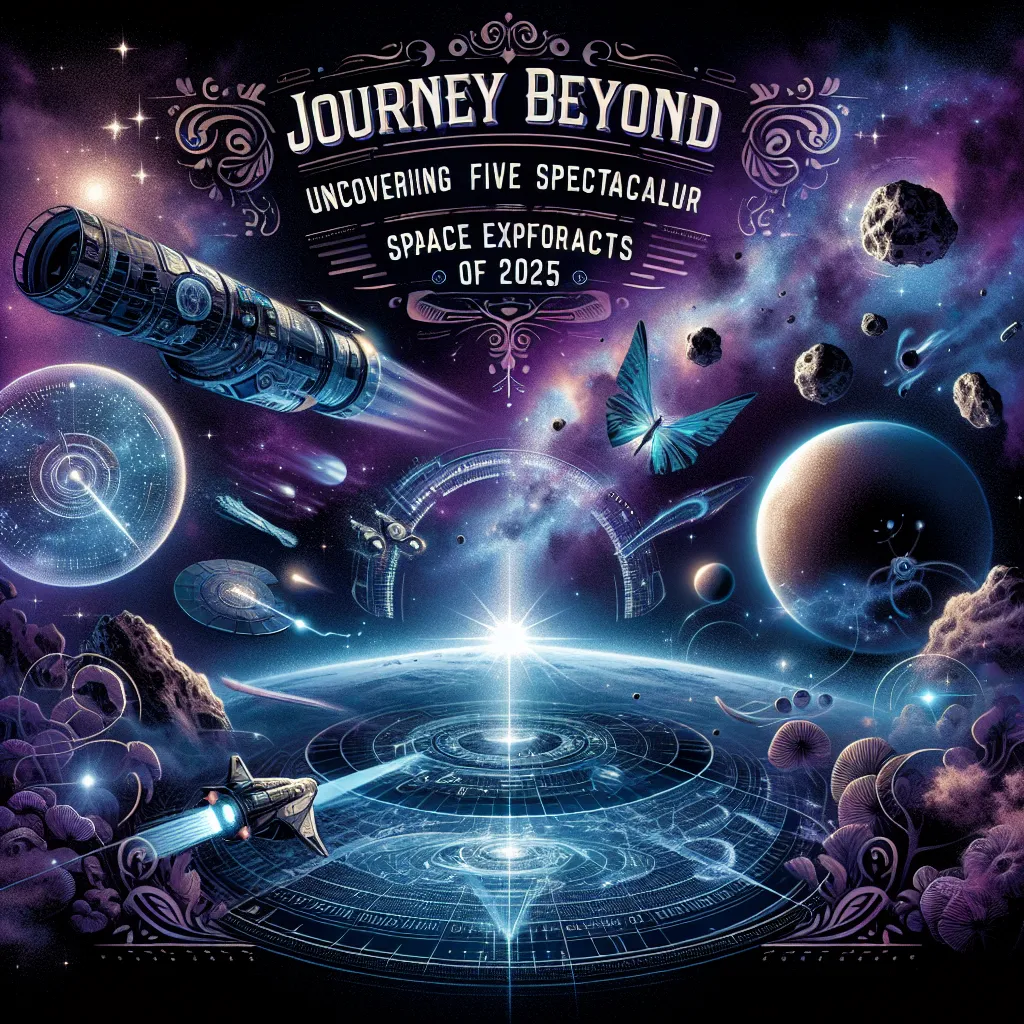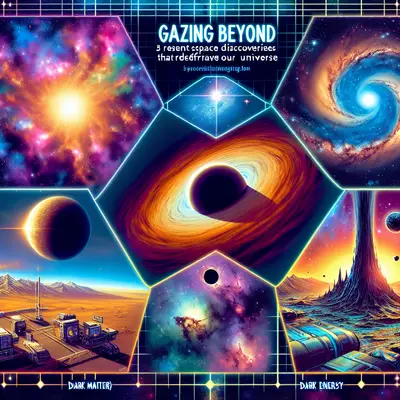Welcome, cosmic explorers, to another journey beyond our blue planet. The year 2025 has been a thrilling one for space discoveries, and we can't wait to share with you some of the most fascinating facts that have been uncovered. So, strap in and prepare for a trip to the stars!
The Dark Matter Lens
In 2025, astronomers made an astounding discovery – an enormous cosmic lens made entirely of dark matter. While dark matter is still a mystery to us, its gravitational effects can bend and magnify light from distant galaxies, acting like a lens. This discovery has opened up new opportunities for studying the enigmatic substance that makes up about 27% of our universe.
The Galactic Wind
This year, scientists observed a "galactic wind" for the first time. Originating from a galaxy named NGC 1569, this wind comprises gas and dust propelled by supernovae explosions. Such winds can shape the fate of galaxies, influencing star formation and potentially linking to the growth of supermassive black holes. This discovery brings us a step closer to understanding our cosmic neighborhood.
Titan's Methane Lakes
The Cassini spacecraft's data, analyzed in 2025, revealed the depth of Titan's methane lakes. Saturn's moon, Titan, is the only celestial body besides Earth known to have stable liquid on its surface. The data suggests that these lakes are over 300 feet deep, much deeper than expected. This adds another layer to the intrigue of this unique moon and its potential for life.
The Quasar Tsunamis
In a distant corner of the universe, astronomers observed enormous "tsunamis" of energy and particles erupting from quasars - extremely bright active galactic nuclei powered by supermassive black holes. These tsunamis can influence the formation of stars in their host galaxies and provide insight into the early universe's conditions.
The Interstellar Comet
Finally, the highlight of 2025 was the close pass of an interstellar comet. Named 'Borisov's Marvel,' this comet from another star system gave astronomers a rare opportunity to study material from a different part of the galaxy. Its composition might hold clues about the conditions and processes in its home system.
Conclusion
From a lens of dark matter to a visiting comet, 2025 has been a rollercoaster of astronomical discoveries. As we continue to explore the cosmos, each new find brings us closer to understanding our place in this vast universe. So, keep your eyes on the stars, because the journey is far from over!



